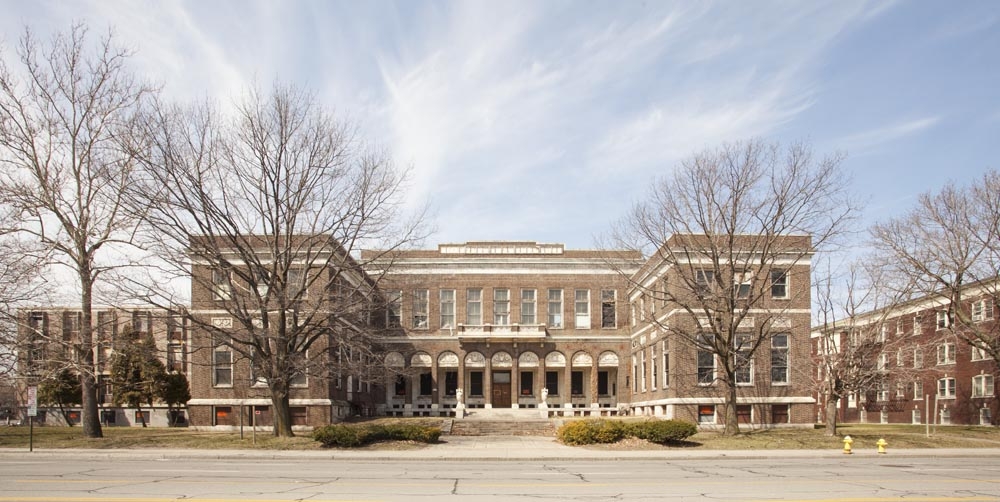 The topic of preservation and progress has been a frequent discussion point around here lately. And it’s not just the two of us sitting around the dinner table; it’s been popping up when we are out with friends (those that live in the city and suburbs), when we see family and when we run into neighbors. Our neighbors have been talking about the proposed development behind the Eastman House at 933 University and in the Park Avenue neighborhood at Brunswick and Park. Our friends in Pittsford are talking about the apartment complex in the Village that has evoked some strong opinions about development. And we have many friends who are facing small changes in their own neighborhoods that make them wonder what is worth fighting for and what isn’t. And if they have to take a side.
The topic of preservation and progress has been a frequent discussion point around here lately. And it’s not just the two of us sitting around the dinner table; it’s been popping up when we are out with friends (those that live in the city and suburbs), when we see family and when we run into neighbors. Our neighbors have been talking about the proposed development behind the Eastman House at 933 University and in the Park Avenue neighborhood at Brunswick and Park. Our friends in Pittsford are talking about the apartment complex in the Village that has evoked some strong opinions about development. And we have many friends who are facing small changes in their own neighborhoods that make them wonder what is worth fighting for and what isn’t. And if they have to take a side.
We moved here from a big city, where we lived in a beloved historic neighborhood that struggled successfully to preserve what was left after some horrendous architectural and zoning decisions before people cared about old stuff. And with that came with what seemed like a A LOT of red tape for the ordinary citizen. (We actually ended up hiring a permit runner to help when we were remodeling our house, because we couldn’t take any more time off work.) And I was at numerous historic board meetings where both citizens and developers presented their cases over and over again until they got them just right. And we now live in a similar beloved historic neighborhood in Rochester.
I have a profound respect and admiration for neighborhoods and cities that have fought and still fight to preserve their character. And for those who strive to give their citizens and neighbors a better quality of urban life. A big part of that is the aesthetics — architecture, green space, construction materials, consistency, etc. And another big part of it for me is walkability. People in cities need to be able to walk to things — restaurants, groceries, coffee shops, bakeries, dry cleaners, laundromats, each others’ houses. And we often have to make changes to get better walkability. (For example, I am shocked that many of these new developments don’t incorporate mixed use. If you are going to bring more people in, give them stuff to do that they can walk to. It’s better for local business and better for the health and well-being of the people in the neighborhood.)
Trying to make the old and new meet is where it seems to get tricky for a lot of people. And if you don’t do it right, it can be disastrous. You have to do the due diligence to make sure any new development fits the neighborhood (that’s ideally the role of an historic board and zoning board). And citizens need to educate themselves and participate if they want to have a say. But I am often baffled by the immediate “just say no” mentality I see in so many discussions. And I don’t know if it is about politics or change. Admittedly, I tend to over-analyze EVERYTHING and not take a stand until I have done so (and even then, I worry about making the wrong decision). I like to hear both sides of the story and discuss compromises. I haven’t seen a lot of that in the recent discussions about new developments and I think discussion and compromise is precisely what is needed to preserve what is worth saving while incorporating some things that will ultimately propel our cities and neighborhood into better places.
Can progress and preservation co-exist? Can we make our city and the neighborhoods in it more vibrant without new development that fill them in a bit? Can we make them better without change and compromise? Can we preserve our neighborhoods by keeping them exactly the same or do we need to evolve? (Adam recently made me read “Who Moved My Cheese.” Can you tell?)
I don’t have the answers, but I’m hoping to open a dialogue and gain some insight from you all if you feel like leaving a comment.






No Comment